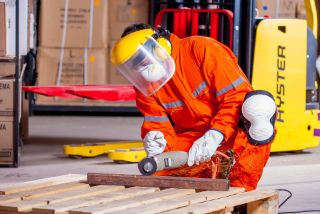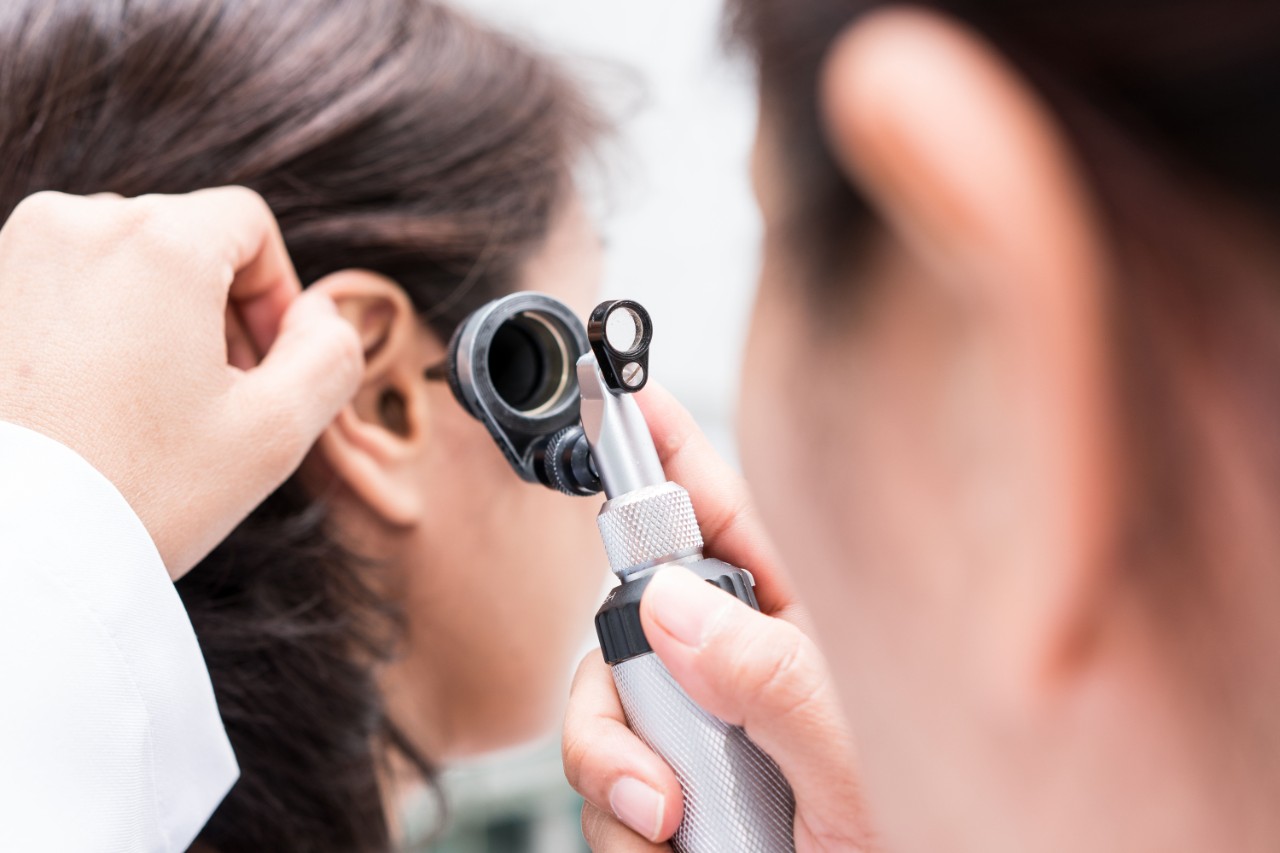Occupational hearing loss is one of the most common health issues in the workplace. This should come as no surprise, given that more than 22 million workers are exposed to hazardous levels of noise each year.
How much noise is too much? The Occupational Safety & Health Administration (OSHA) considers noise levels above 85 decibels (dB) — roughly the sound generated by a forklift — to be potentially harmful, especially when the exposure occurs over an eight-hour shift.
Workers in manufacturing are the most affected by harmful noise levels; this includes industries companies involved with lumber, petroleum, coal, metal, rubber, plastic, paper, printing, machinery, food, furniture, fixtures, textiles and apparel. Other industries with a high incidence of occupational hearing loss are transportation, the military, construction, utilities, agriculture, mining and maintenance.
In addition to hearing loss, high levels of noise can decrease job performance and productivity, especially when tasks are complicated or when multitasking is required. Workplace noise can also make communication more difficult, decrease concentration and coordination, and lead to serious workplace accidents and injuries.
At a personal level, hearing loss is associated with lower earning potential and higher health care costs, and it can add stress to the body and mind. Hearing impairment also increases the risk for other health issues, including diabetes, dementia and depression.




